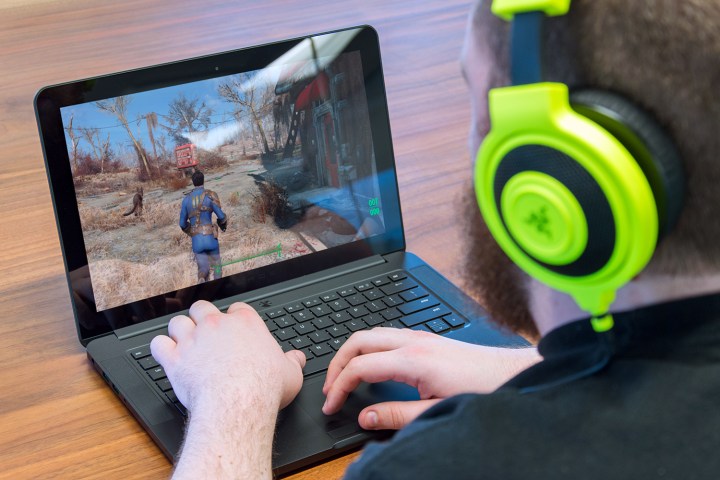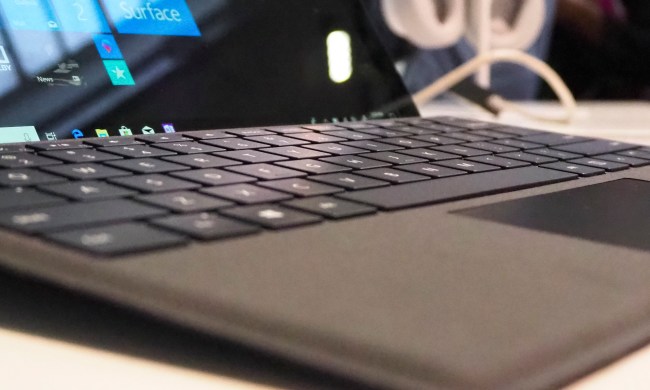
Despite trailing Windows 7 in overall market share, Microsoft’s Windows 10 operating system is the preferred OS among gamers. Statistics published by online streaming platform Valve revealed that the 64-bit version of Windows 10 accounted for 60.62 percent of the market share on Steam in August, representing an increase of 6.62 percent from a month prior. Microsoft’s Windows operating system commanded a combined market share of 96.44 percent. Valve’s numbers show that Windows 10 is twice as popular as its next closest competitor, Windows 7, which earned a combined 30.93 percent market share for the 32- and 64-bit versions of the operating system.
Only 2.87 percent of Steam gamers use MacOS and 0.59 percent of gamers are playing on a Linux system. The increased adoption of Windows 10 among gamers is likely fueled by upgrades to newer systems with better hardware specifications. Nvidia’s GeForce GTX 1060 GPU, for example, was the most popular graphics card among users, and the card commands a market share of 13.31 percent among Steam gamers. This represents an increase of 0.81 percent from a year prior. Other popular hardware configurations include a 1080p primary display, quad-core processors, and systems with 8GB of RAM or higher.
Migration to Windows 10 has been slower by non-gamers — August statistics published by Net Applications revealed that Windows 10 is installed on 37.8 percent of all personal computers and commands a 43 percent market share when compared with other systems running Windows. In contrast, Windows 7 commanded a 40.3 percent market share against all PCs and 45.9 percent market share compared to other Windows-based systems. Analysts now predict that Windows 10 will supplant Windows 7 as the world’s most popular operating system by as early as October, ComputerWorld reported. Combined, Windows accounted for 88.1 percent of the operating system market share, while MacOS had a market share of 9.17 percent.
Although adoption for Windows 10 has been growing among gamers and non-gamers, businesses and enterprises are still stubbornly sticking to Windows 7. Support for Windows 7 will end in early 2020, and Windows 10 adoption will likely accelerate as that date inches closer.
When Microsoft debuted Windows 10, it had lofty aspirations. The company had a goal of a billion Windows 10 installs in the first three years. Microsoft announced earlier this summer that it was shy of that goal, revealing that its operating system was installed on more than 700 million systems. Microsoft’s numbers include a variety of different devices, including convertibles, laptops, desktops, Xbox gaming consoles, Hololens, and even the now-defunct Windows 10 Mobile platform that was used on the company’s Lumia-branded line of smartphones.


